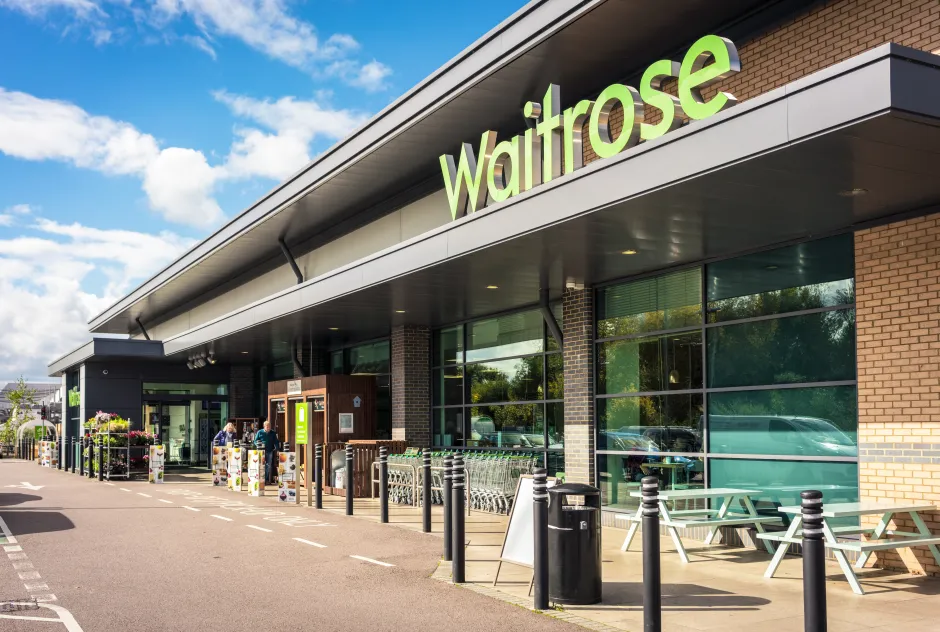In recent months, the UK has witnessed an unprecedented surge in demand for Dubai-style chocolate, a confectionery delight that has captivated chocolate enthusiasts nationwide. This surge has led major retailers, including Waitrose, to implement purchasing limits to manage stock levels and ensure broader customer access. This article delves into the origins, composition, and meteoric rise of Dubai-style chocolate, examining the factors contributing to its widespread popularity and the subsequent measures taken by retailers.
The Origins and Composition of Dubai-Style Chocolate
Dubai-style chocolate is a luxurious confection that combines rich milk chocolate with a filling inspired by traditional Middle Eastern desserts. The core ingredients typically include:
-
Pistachio Cream: Providing a nutty and creamy texture.
-
Tahini Paste: Adding a subtle sesame flavor.
-
Knafeh (Kadayif) Pastry: Incorporating a crunchy element reminiscent of the classic Arab dessert.
This unique blend offers a multi-textured and flavorful experience that has resonated with consumers seeking novel and indulgent treats.
The Viral Sensation and Social Media Influence
The ascent of Dubai-style chocolate to international fame can be largely attributed to its viral presence on social media platforms. In 2024, influencers began showcasing the chocolate, with its vibrant green pistachio filling and decadent layers, in engaging videos and posts. Notably, a TikTok review by influencer Maria Vehera garnered over 122 million views, sparking a frenzy among viewers eager to sample the confection. This online buzz translated into a surge in demand, with retailers struggling to keep up with the influx of orders.
Retailers Respond to Soaring Demand
As Dubai-style chocolate gained popularity, several UK retailers sought to capitalize on the trend by introducing their own versions:
-
Lidl: Launched the J.D. Gross Dubai Chocolate, priced at £3.99 with the Lidl Plus app or £4.99 without. The initial online release sold out in just 84 minutes, prompting anticipation for its in-store availability.
-
Waitrose: Introduced Lindt’s Dubai Style Chocolate to select stores on March 23, 2025. Due to overwhelming demand, the retailer implemented a two-bar per customer limit to ensure more shoppers could enjoy the product.
-
M&S and Morrisons: Also joined the bandwagon, offering their own takes on the Dubai-style chocolate, further fueling the craze among UK consumers.
Implementation of Purchase Limits
The unprecedented demand for Dubai-style chocolate led retailers like Waitrose to introduce purchasing restrictions. Signs in Waitrose stores read: “No more than 2 bars per person please… because we want everyone to have the chance to enjoy this delicious chocolate.” This measure aimed to regulate stock levels and prevent bulk buying, ensuring equitable distribution among customers.
Consumer Reactions and Market Impact
The implementation of purchase limits elicited mixed reactions from consumers. While some appreciated the efforts to maintain availability, others expressed frustration over the restrictions. Nevertheless, the scarcity amplified the chocolate’s allure, with many viewing it as a must-have item. The trend also highlighted a broader consumer desire for innovative and culturally diverse confectionery options, prompting retailers to explore and introduce products with unique flavor profiles.
The Role of Cultural Fusion in Confectionery Trends
The success of Dubai-style chocolate underscores the growing appeal of cultural fusion in the culinary world. By blending traditional Middle Eastern ingredients with classic chocolate, the confection offers a novel experience that resonates with a diverse consumer base. This trend reflects an increasing openness among consumers to explore and embrace global flavors, encouraging confectionery brands to experiment with cross-cultural combinations.
Future Prospects and Industry Implications
The phenomenon surrounding Dubai-style chocolate presents several implications for the confectionery industry:
-
Innovation Drive: Brands may invest more in developing products that fuse different cultural elements, catering to consumers’ evolving palates.
-
Supply Chain Adaptation: The need to manage sudden spikes in demand may lead to more agile and responsive supply chain strategies.
-
Marketing Strategies: The pivotal role of social media in product popularity suggests that brands will increasingly leverage influencer partnerships and viral marketing campaigns.
Conclusion
The meteoric rise of Dubai-style chocolate in the UK exemplifies the potent combination of innovative product development and strategic social media engagement. As retailers navigate the challenges of unprecedented demand, the confectionery industry stands at the cusp of a new era where cultural fusion and digital influence converge to shape consumer preferences. Whether this trend will have lasting impact remains to be seen, but for now, Dubai-style chocolate continues to captivate the taste buds and imaginations of chocolate lovers across the nation.







